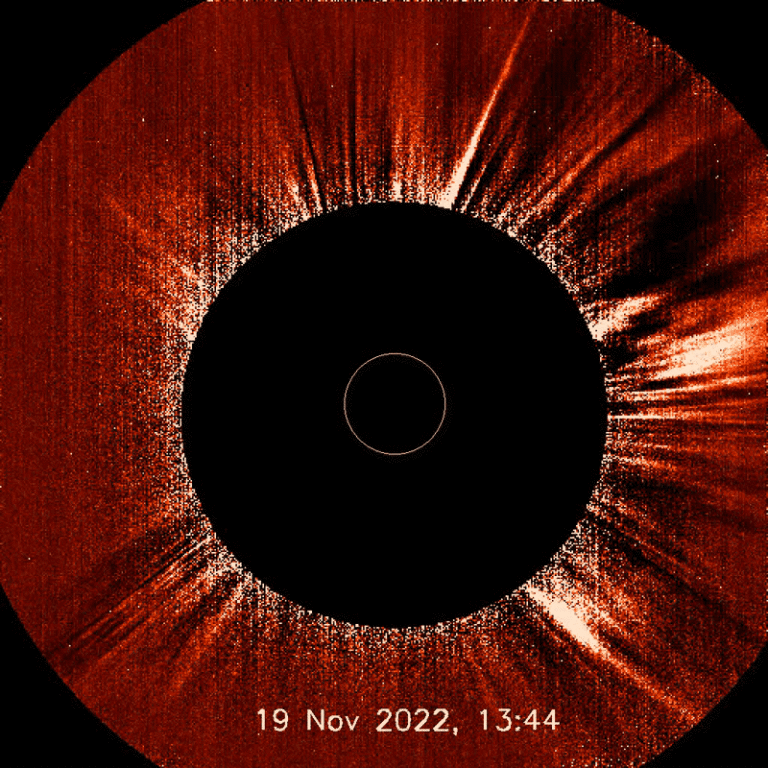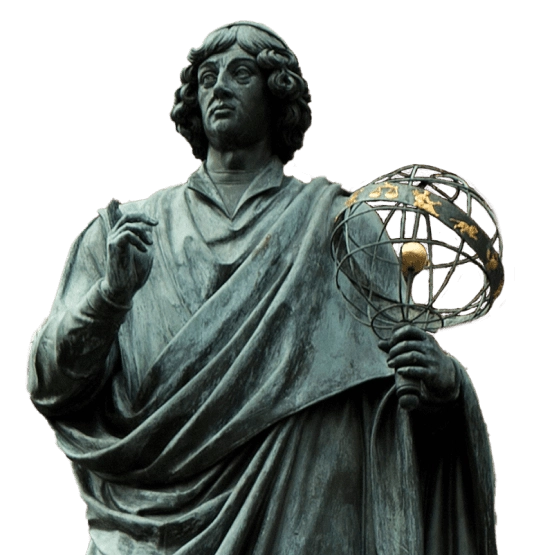The European space mission Solar Orbiter, carried out by the European Space Agency (ESA) in cooperation with NASA, has provided groundbreaking new information about solar energetic electrons (SEEs). The research results were published in the journal Astronomy & Astrophysics.
The Sun, being the most powerful particle accelerator in the Solar System, regularly emits electrons that reach speeds close to the speed of light. It was previously known that they can have different origins, but only data from Solar Orbiter have allowed a detailed distinction of their sources. Scientists demonstrated that one group of SEEs is associated with impulsive solar flares, while another is produced by coronal mass ejections (CMEs)—massive eruptions of plasma in the solar atmosphere.
The research was based on the analysis of over 300 events observed between November 2020 and December 2022. Eight out of ten Solar Orbiter instruments were used, providing a more comprehensive picture than previous missions. Thanks to the close approach to the Sun, measurements could be performed in situ – the probe literally flew through streams of electrons, recording their properties in their original state.
These discoveries are highly significant not only for fundamental science but also for forecasting so-called space weather. Coronal mass ejections pose the greatest threat to satellites, space infrastructure, and crewed missions. Better understanding of the mechanisms creating and propagating SEEs enables more effective prediction of potential solar storm effects and protection of technological systems.
The Solar Orbiter mission fulfills a key objective: continuous monitoring of solar activity and its impact on the Solar System. In the future, its findings will be supported by other ESA projects such as Vigil (planned launch in 2031), which will monitor the “invisible” side of the Sun, and the SMILE mission, focusing on interactions between the solar wind and Earth’s magnetic field.






